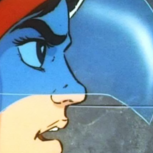-
Posts
230 -
Joined
-
Last visited
-
Hi! I've been talking about Heretic demo stuff lately, and it occurs to me that I don't think I ever thanked you for taking my half-baked plan for extending demo support in Chocolate Heretic, and doing all the hard work to make it happen. So, thank you! Our paths haven't really crossed much, but I really appreciate your efforts. Hope you're doing well, whatever you're up to now.
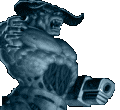


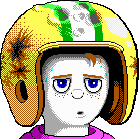


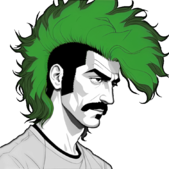
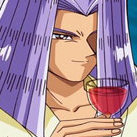
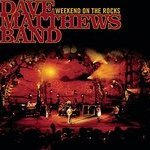

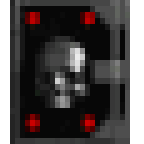
.thumb.jpg.7a965ba112227bd8cf5e1ef838cc4301.jpg)
